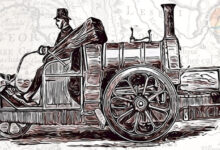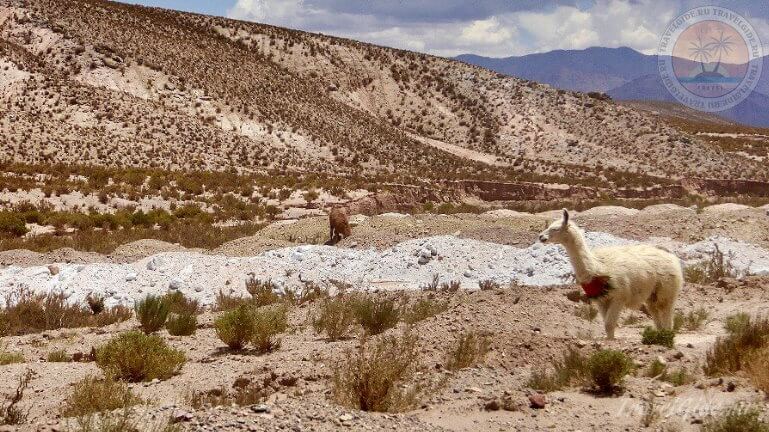
Bwhite gold - something without which it would be impossible to grow crops in the desert. If everything was more or less clear with water, then the issue of soil enrichment remained open for many years. Recent studies by a group of scientists have finally explained how the ancient Incas grew corn, chili peppers, zucchini and other crops in the planet's driest desert, the Atacama.
Chilean Atacama Desert, which is located in the north of the country, is undoubtedly one of the five most arid places on our planet. For four centuries in Atacame no significant precipitation was observed, and in its individual regions for the entire time of meteorological observations not a single rain was recorded.
Water is not enough even for a normal existence, and its practical absence makes agriculture unprofitable. The lack of nutrients in the soil is the second most important reason that hinders the cultivation of crops.
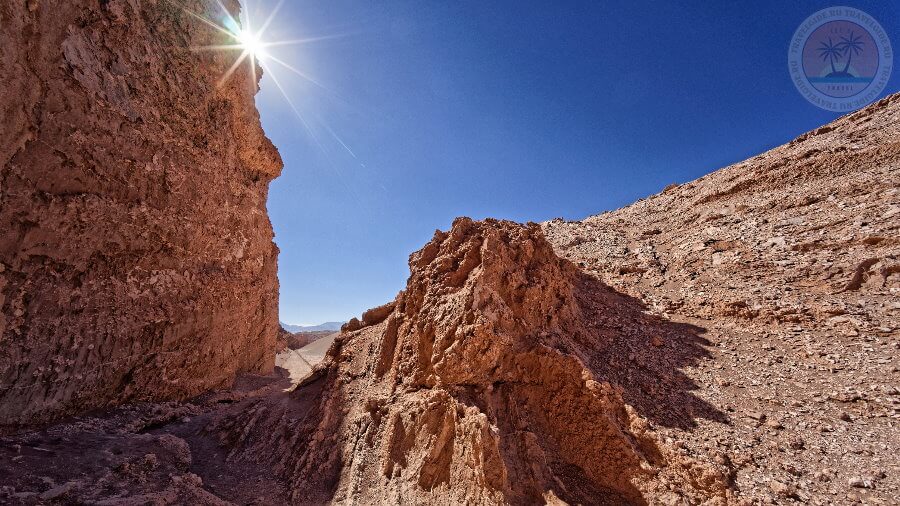
Despite all these "amenities", people inhabited the Atacama long before the introduction of intensive technologies in agricultural production.
They actually not only existed, but also grew numerous plants. Scientists have unraveled this extremely interesting question. For the sake of justice, it should be said that the technology of agriculture in Atacama was developed and successfully applied by local residents centuries before the arrival of the Incas to the "Dry Land".
Water and desert: solution number one
Although the flat part of the desert is almost lifeless, but, like in any desert, there are oases in the Atacama in which water is present. The problem of lack of water resources was solved directly at the expense of water from oases and the construction of complex irrigation systems.
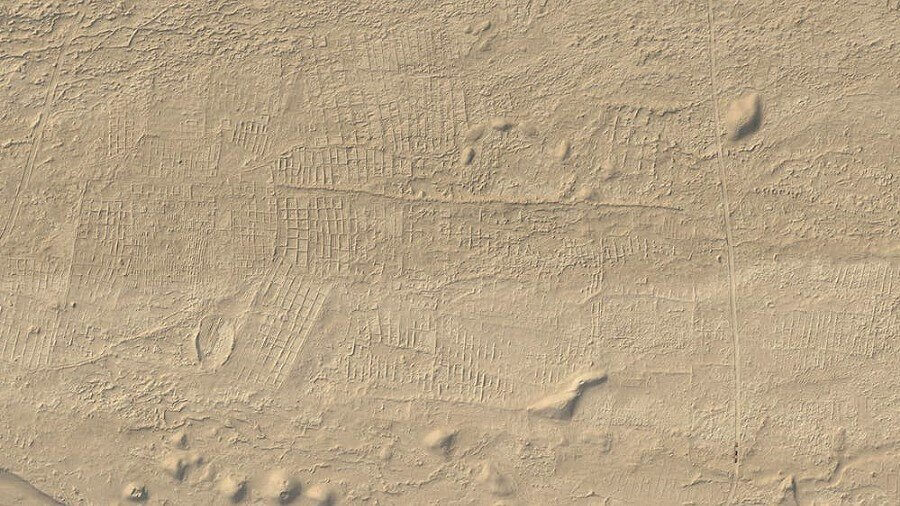
As for the nutrients in the soil, the solution that the locals came to was only able to unravel in our time.
Travelgide.ru: the study analyzed the remains of 246 crops and plants found in fourteen archaeological campaigns on the Atacama land.
The entire period of research covers almost 3 thousand years and makes it possible to understand the development of agriculture in several ancient civilizations, followed by the Incas, and then European colonialists, up to the 19th century.
Soil: solution to problem number two
Strange as it may seem at first glance, but the border of the driest desert in the world adjoins the Pacific Ocean. Although this has little effect on the rainfall situation in the Atacama, it allows tens of thousands of birds to form their colonies on the coastal cliffs.
Places of permanent bird colonies are characterized by the presence of guano (decomposed droppings). It is known that guano is used as an effective nitrogen-phosphorus fertilizer. This natural fertilizer significantly increases the yield. It was he who was used by the Incas and more ancient peoples to fertilize the soil.
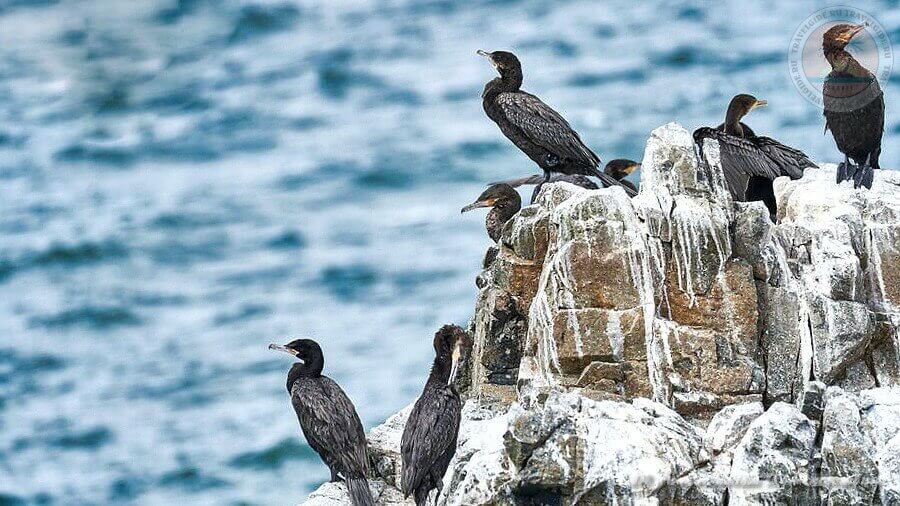
Guano was delivered from the coastal cliffs to the fields at distances of 100 km or more. And one fact made it possible to find out. The fact is that even a small amount of guano fertilizer has a huge impact on the percentage of nitrogen isotopes in crops, raising their level much higher than is possible naturally or using any other fertilizer.

